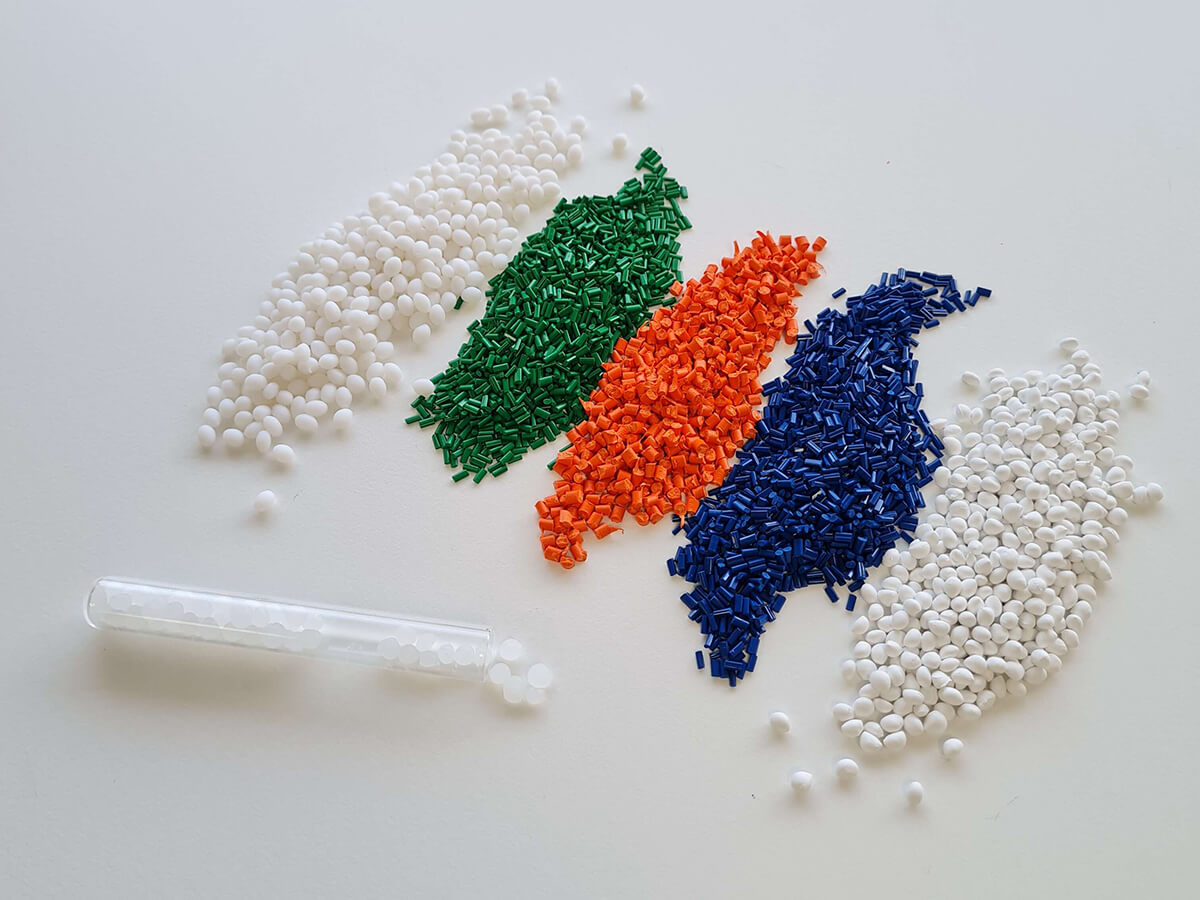
Everything you need to know about the Normative 13432
To this day, it is still confusing for consumers to correctly identify which packaging is compostable and which is not. Faced with this situation of misinformation, the EN 13432 Normative has emerged in the European Packaging Directive. Did you know that this standard exists with the aim of certifying the compostability of packaging?
In this post we explain exactly what this standard consists of, what it means for a packaging to comply with it and what are the requirements to be met in order to comply with it. Keep on reading!
The standard we are talking about today is the EN 13432 Packaging. Requirements for packaging recoverable through composting and biodegradation.

It is increasingly common to find terms such as “bio-based”, “biodegradable” or “compostable” on the packaging we find on the shelves of our supermarkets. In addition, organizations such as the European Union are working every day to promote more sustainable production models based on achieving a more circular economy.
The appearance of these terms, which is sometimes confusing and even misleading, has given rise to the European Standard EN 13432 which serves to specify when a material is compostable correctly. In other words, if a material, container or packaging complies with this standard, it means that it should be recycled by composting.
It is important to note that EN 13432 refers to the degradability of the material or packaging, but not to the origin of the raw materials. This means that even if a material is of plant origin (i.e., bio-based), it does not necessarily have to be biodegradable or compostable.
- If you find this interesting, we recommend our post on biobased plastics.
Nevertheless, if a material or packaging complies with EN 13432 we can be sure that it is compostable and, therefore, it will end up by becoming compost, CO2 and water without leaving any trace of microplastics under proper compostability conditions.
- Find out all the advantages of compostable packaging in the packaging industry
What organisms are affected and why it is important?
The main purpose of the EN 13432 standard is to demonstrate that the packaging is made of compostable material and is therefore 100% sustainable. Thanks to this standard, companies in the packaging industry can assure consumers of their awareness of sustainability by packaging their products in a material that is truly responsible for nature.
But the real reason why this standard is important goes beyond that. The waste generated by plastic has become too much of a burden on the planet and more and more ecosystems are being affected. The existence of a standard that certifies the compostability of materials makes companies and consumers aware that they are doing a good deed for the environment, which generates an increase in demand for this type of certified packaging.
Such initiatives, such as creating regulations and specific actions to reduce the pollution generated by plastic waste, will force and accelerate the shift to more sustainable materials.
Discover how Maniplastic transformed its activity to achieve a more sustainable production model!
Consequently, these regulations will reduce the use of materials that are difficult to degrade and will reduce the use of materials that are a burden on nature.
If you want the standard EN 13432 you can download it through this link:
Traditional petroleum-based plastic packaging can take thousands of years to accumulate in nature. It is this accumulation of waste that has a negative impact on the environment.
In contrast, packaging made from material that complies with EN 13432 demonstrates that it biodegrades in a few months without leaving any trace in nature.
That is why it’s a more sustainable alternative, where there is no accumulation of waste or microplastics.
You may be interested in: Compostables do not leave microplastics.
EN 13432 requirements for packaging and containers
EN 13432 specifies the requirements and procedures for determining the compostability and aerobic treatability of packaging (and its materials). According to this standard, a material can be defined as “compostable” if it meets the following characteristics:
- Degradation of the material by at least 90% in 6 months when subjected to an environment rich in carbon dioxide.
- In contact with organic materials, after 3 months the material must fragment at least 90% into dimensions of less than 2 mm.
- The material should not have negative effects or diminish the quality of the compost generated in the composting process.
- There should be a low concentration of heavy metals in the material.
- Salt content and pH values are within the established limits.
- Concentration of nitrogen, magnesium, potassium and phosphorus within established limits.
- Concentration of volatile solids within established limits.
EN 13432 certification bodies
There are different entities that award compostability labels according to the EN 13432 standard:

On the other hand, it should be noted that there are two types of compostability: in industrial conditions and in home composting conditions.
For an industrial composting test, temperatures of 58°C and 6 months duration are required to demonstrate the biodegradability condition. On the other hand, a home composting test is carried out at a temperature between 20ºC and 30ºC for a period of 12 months.
Taking this into account and depending on the final destination of our packaging, we are interested in obtaining the Ok Compost Home certificate or the Ok Compost Industrial certificate. Subsequently, we will perform all the tests required by the EN 13432 standard to demonstrate the compostability of the materials.

Is the EN 13432 composting standard mandatory?
EN 13432 is not a mandatory law, which means that there is no need to have to use compostable materials that comply with it.
However, EN 13432 does offer the possibility of demonstrating that the materials a company or brand use are environmentally responsible and this can be a major differentiating factor in some sectors.
According to Seven Senders, one of the leading European courier companies, a study has been prepared to evaluate the shipments of products purchased through e-commerce and it confirms the great change of mentality of the final consumer: seven out of ten European customers are willing to pay more for a more sustainable shipment, which is an increase of 16 percentage points compared to 2021.
This is just one of many examples, as consumer demand for green and sustainable packaging has proven remarkably stable and robust throughout the societal changes that have taken place over the past few years. In fact, 86% of consumers under the age of 45 say they are willing to pay a higher price for sustainable packaging, according to Trivium Packaging‘s report.

ZIMIA Grades: Ok Compost
At Prime Biopolymers we ensure that our bioplastic grades comply with the UNE EN 13432 standard. One of the grades that has obtained the Ok Compost Industrial certificate is our compostable bioplastic ZIMIA X321, an optimal material for the manufacture of transparent bottles.
We hope this article has helped you to better understand how the UNE EN13432 standard works. If you are thinking of transitioning your business to a more sustainable production model, at Prime Biopolymers we will accompany you to facilitate the process.









